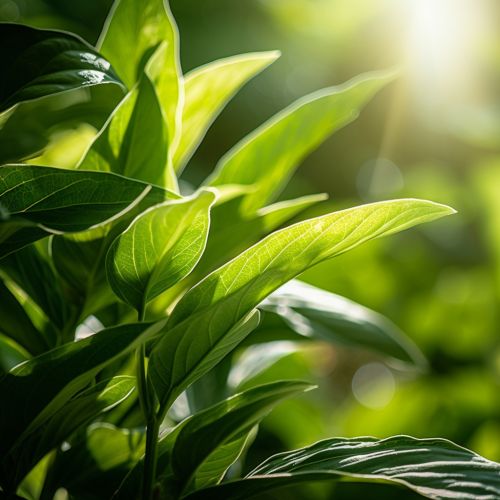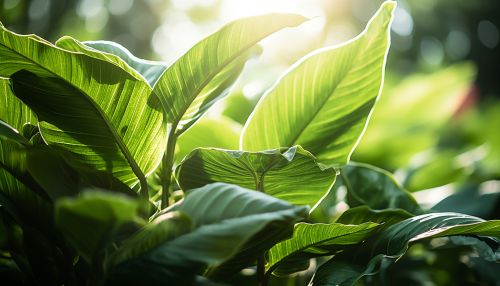Plant
Introduction
Plants are a group of living organisms within the kingdom Plantae that includes familiar organisms such as trees, herbs, bushes, grasses, vines, ferns, and mosses. With an estimated 390,900 species, plants represent one of the largest and most diverse groups of organisms on Earth.
Classification
The classification of plants is a complex and ongoing process, with new species being discovered and existing ones being reclassified on a regular basis. The most widely accepted system of classification is the Linnaean system, which categorizes plants based on shared physical characteristics.
Structure and Growth
Plants have a unique structure that distinguishes them from other living organisms. They are eukaryotic, meaning they have complex cells, and they are multicellular, meaning they are composed of many cells. The basic plant cell has a 'typical' eukaryotic structure, but it also has unique features that sets it apart from animal cells.
Photosynthesis
Photosynthesis is the process by which plants, algae, and some bacteria convert light energy, usually from the sun, into chemical energy in the form of glucose. This process is vital for life on Earth as it provides the oxygen that all complex life forms need to survive.
Reproduction
Plants reproduce in a variety of ways, both sexually and asexually. The most common form of plant reproduction is sexual reproduction, which involves the production of seeds.
Ecology
Plants play a crucial role in the world's ecosystems by providing oxygen, food, and habitat for many other organisms. They also play a key role in the carbon cycle, helping to regulate the Earth's climate.
Human Uses
Humans have used plants for thousands of years for a variety of purposes, including food, medicine, and materials for building and manufacturing.
Conservation
Conservation of plant biodiversity is a global priority. Many plant species are at risk of extinction due to habitat loss, climate change, and other threats.
See Also


